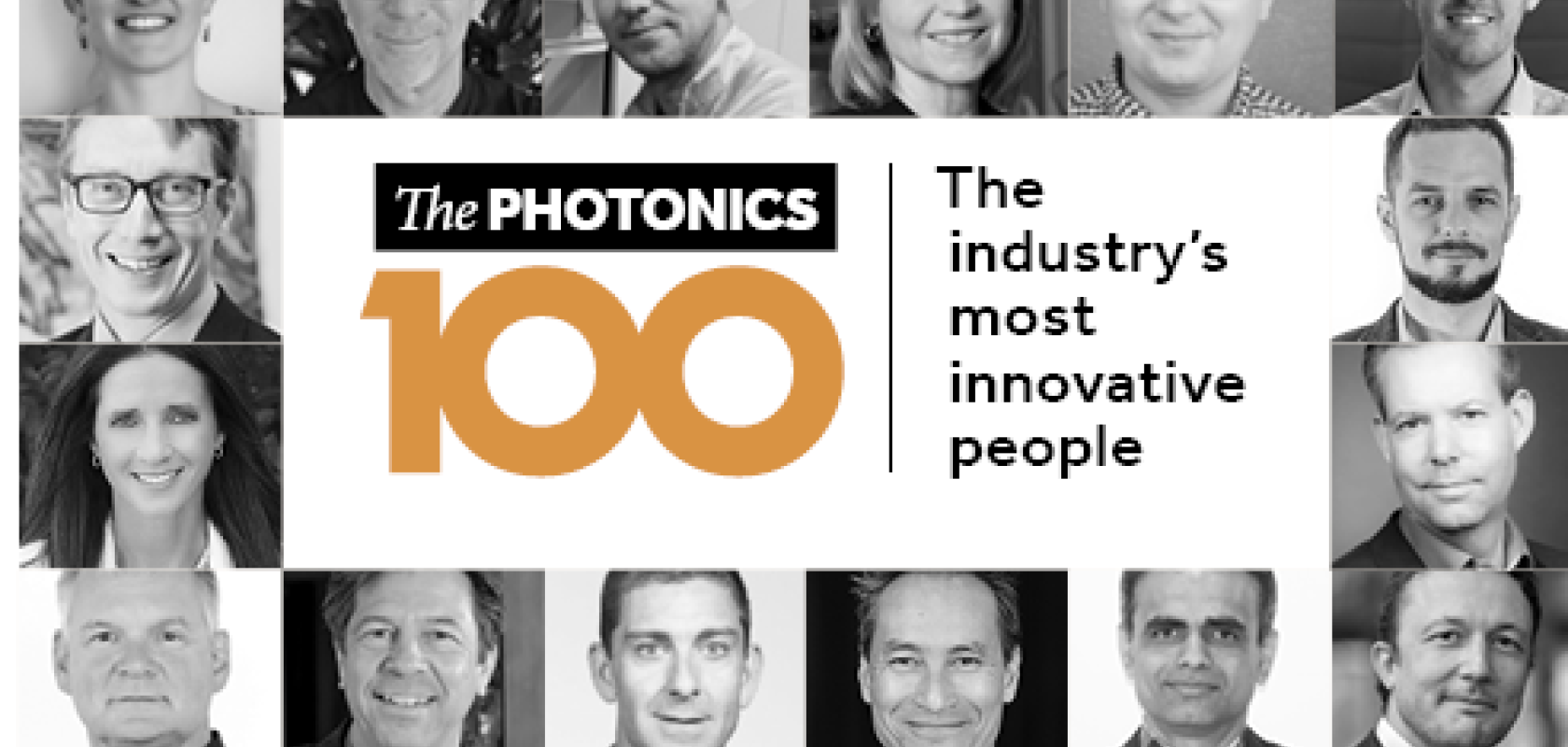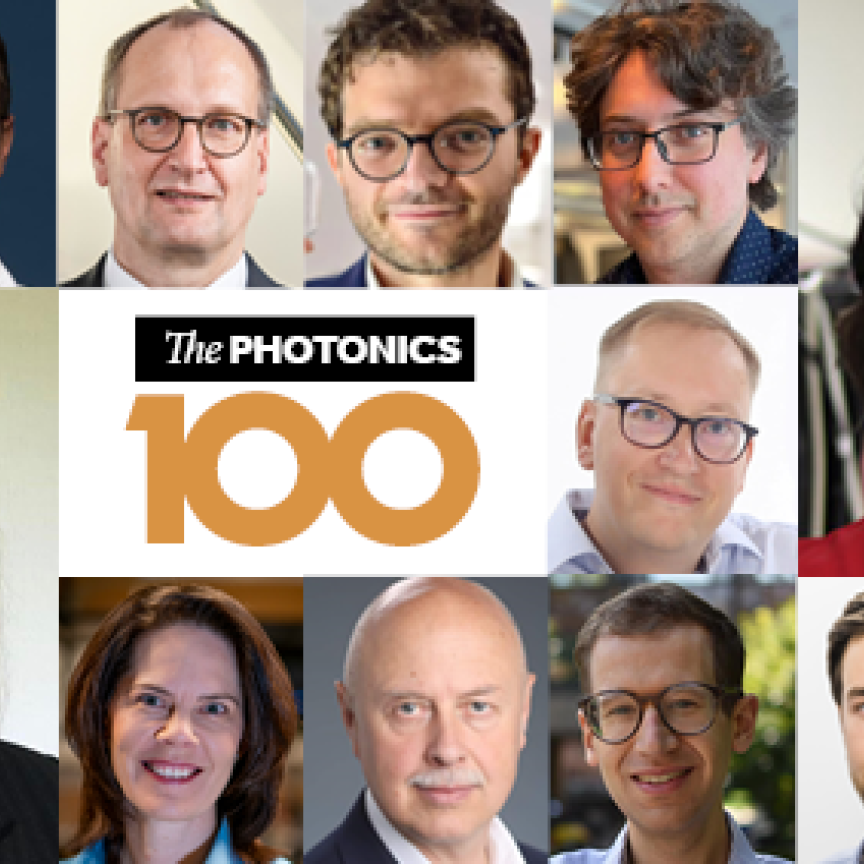The honorees on Electro Optics' first Photonics100 list are drawn from academia, OEMs, start-ups and photonics vendors, and represent industry sectors including optics, astronomy, bio-photonics, quantum computing, fibre and optical communications, silicon photonics, additive manufacturing and laser processing to name but a few. This gives us a healthy cross-section of the industry to quiz on what challenges 2023 may bring.
As the war in Ukraine rumbles grimly on, China faces further industrial disruption as its zero-Covid policy is abandoned and fears remain of a possible conflict over Taiwan, political and economic worries are to the forefront among responses.
Marisa Edmund, Chairman and Chief Sales and Marketing Officer at Edmund Optics, believes the effects of the current economic and political landscape on investment will be the biggest challenge in 2023.
“Customers, now more than ever, need solutions only optics can provide to improve medical delivery, personal safety, and the efficiency inherent in automation,” she says.
“The challenge will be adapting quickly to the demands of our customers, which means an unprecedented level of prioritisation on where we double down on investments and where we cut programmes – even ones we love. It’s going to be about the tough choices in 2023 and having the vision to see where the technology is headed, the leadership to mobilise quickly, and the courage to make difficult changes.”
Meanwhile Tom Hausken, Science Adviser at Optica, thinks there is a risk from trade conflicts that force a longer-term rearrangement. “In the last two years, there was a lot of talk about supply chains and the risk of recession, but the retreat from a ‘flat’ global economy is a much bigger and more permanent change,” he says.
Several other people on our list also identified the sourcing of critical components and materials as a significant threat to the industry.
Carlos Lee, Director General of EPIC, is concerned about supply chain effects: “I am never worried about the technology, we always find a way. What concerns me is politics that have a direct impact on the industry and companies. Supply chain, access to international markets, I feel that the world is at an inflection point.”
Gwenn Pallier, Product Line Manager for Industrial Applications at Cailabs, says her firm faces similar challenges to other companies. She adds: “On one side we have to handle the complex geopolitical situation and all its consequences, and on the other side we have to handle the post-Covid constraints, related especially to the zero-Covid policy of China and associated supply chain issues.”
Admesy CTO Ruud Bouten says “many companies face this [supply chain] issue. Up till now, we have successfully faced this issue with virtually no lead time loss. But it is something we have to keep track of.”
Olaf Hollricher, Managing Director – R&D at WITec, agrees: “We’ve managed to keep the line running, though I think critical component sourcing will continue to be a preoccupation for everyone.”
Simonas Kičas, CTO at Optoman, adds “possibility of recession and thus economical uncertainty” to the supply chain issue, while Professor Martin Hessling of the Ulm University of Applied Sciences believes “crises worldwide” will make the research project funding challenge worse in 2023.
How energy costs hit photonics
Whether a direct result of global inflation or regional instability, rising power costs have also focused minds, according to Liam Barry, professor of Photonics Systems at Dublin City University, who believes the industry needs “to reduce energy consumption and focus on developing photonic technologies that are energy-efficient”.
Michal Chyla, the leader of the Commercial Laser Development team at HiLASE, points out that the energy crisis may even affect the carrying out of research and development itself: “We have hundreds of square metres of clean room environment that consumes large amounts of energy and recent increasing energy prices might enforce limited operation of key laboratory areas. The summer months will be especially difficult for us and stopping the development for a few months on multiple projects might be problematic. This issue concerns every larger institution in Europe, but I still hope we can all somehow evade this dark scenario.”
Photonics innovation faces skills and recruitment challenge
Skill shortages, recruitment challenges and how to foster engagement in photonics from the next generation of researchers, engineers and technicians were also common themes among our nominees.
John Lincoln, Chief Executive of the UK Photonics Leadership Group, believes the industry’s biggest challenge in 2023 will be “charting a course through the chaos of UK politics to generate win-win growth scenarios for industry, while keeping the enthusiasm and passion of the next generation of photonics leaders and innovators”.
“We are currently standing up a new Future Photonics Leaders group, that the timescales for impact, from quantum computing to net zero, reach far into the future. Those that will be leading the photonics innovation system of that future should be fully engaged in shaping it today,” says Lincoln.
Thilo von Freyhold, Jenoptik’s Vice-President SBU Semiconductor & Advanced Manufacturing, agrees: “The biggest challenge is about people. We need more people working in photonics, in R&D, manufacturing and packaging of photonics devices. In addition to managing all these challenges, we need to not only maintain but also boost motivation and energy to push innovative ideas forward and to make them a reality.”
Callum Littlejohns, Cornerstone Coordinator at the University of Southampton, also believes the industry needs to do more succession planning.
“The biggest challenge is developing the next generation of researchers, engineers and technicians to enable silicon photonics technologies to thrive,” he says. “Staff in our field are already in high demand and that is only going to grow, so it is up to us all to inspire young people to enter into the field of photonics.”
Marisa Edmund agrees that the whole industry is suffering from a lack of skilled labour and believes the root cause “starts at a very early age and in our schools. I believe that we, as successful market players, have to inspire young people by sharing the fascination of our industry and its impact in almost all forward-looking applications. To combat this, Edmund Optics has an educational outreach programme (Edmund Scientific) that engages kids and students at a very early age.”
Munjal Gajjar, Vice-President R&D at Sahajanand Technologies Private Limited (STPL), also identifies the shortage of employable, skilled workers as a problem in India’s diamond-cutting industry “even with the advent of lasers and other newer technologies”.
Professor Martijn Heck of the Eindhoven Hendrik Casimir Institute at Eindhoven’s University of Technology, also identifies shortages in a specific area of the industry. He says 2023’s big challenge will be “finding enough people who can drive the photonic integration technology. We will see a convergence of electronics and photonics, and talent that has a solid understanding of both fields is really scarce.”
Cailabs’ Pallier concurs: “As many other companies, we are also facing a recruitment challenge. We have a strong growth, but hiring highly-skilled R&D people is really tough now.”
Jennifer Kehlet Barton, Professor of Biomedical Engineering and Director of the BIO5 Institute at the University of Arizona, thinks “recovery from Covid-19 will remain a challenge, in terms of supply delays, and in terms of returning to a normal work and study environment. Students have been hit particularly hard by years of in-person restriction; some completely missed opportunities for in-person networking crucial for their careers.”
Growing markets, scaling products
Not every challenge faced by the industry has to do with politics or people, however.
Bernard Kress, Director, XR Hardware, at Google’s, Augmented Reality Team and SPIE’s president this year, raises a more perennial issue for technology developers – finding a market for their cutting-edge products.
Kress believes 2023 needs to see “consumer adoption of new use cases, such as contextual display, in minimal form factor smart glasses and Metaverse immersive experiences in AR goggles”.
“Developing hardware solutions allowing for small form factor and small power display systems is required, but without a strong universal use case offer it will not lead to mass adoption,” he says. “Examples are numerous throughout the past decade, where state-of-the-art AR/MR headsets have been developed and targeted towards the consumer, but have rather resonated only with enterprise and defence markets, leaving the consumer market untouched.”


